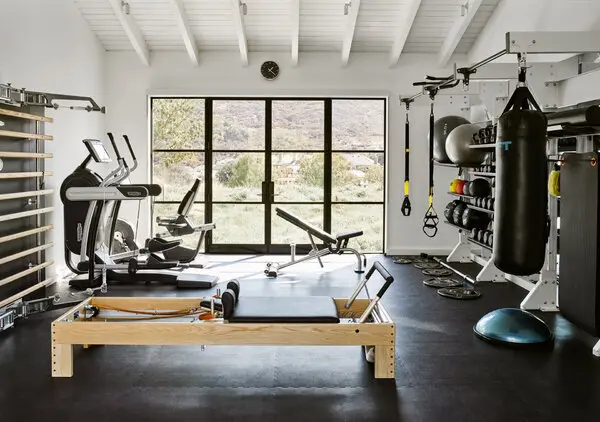If you’re on a tight budget but interested in creating an eco-friendly home, there are numerous steps you can take. From minor modifications to major transformations that could make a significant difference.
Building green is an effective way to reduce carbon emissions, improve health and save on energy costs; but for maximum effect you must dedicate yourself and be committed to making your home sustainable.
1. Use Energy-Efficient Appliances
One of the easiest and cost-effective ways to create a sustainable and eco-friendly home on a budget is through energy-efficient appliances. They help cut your utility costs while protecting against harmful gases like carbon dioxide emissions.
Appliances qualifying for Energy Star certification must comply with stringent standards established by both the Environmental Protection Agency (EPA) and Department of Energy (DOE), who evaluate products to determine whether or not they meet them.
2. Insulate Your Home
Insulation can help make your home more comfortable by controlling the flow of heat in and out, helping reduce energy bills, and saving on costs.
Insulation comes in various materials, including foam, fiberglass and cellulose insulation. Your choice will depend on both your needs and budget.
Air leakage into and out of your home is one of the main sources of energy loss, so sealing all openings (walls, windows, doors etc) properly as well as adding insulation in attics, crawl spaces and basements is essential to cutting back these losses.
3. Install Energy-Efficient Doors and Windows
Energy-efficient doors and windows can help reduce your home energy bills significantly while helping your house remain warm in winter and cool in summer.
When selecting windows and doors, look for products carrying the ENERGY STAR label – this certifies they have met EPA energy efficiency standards.
4. Install Energy-Efficient Lighting
Installing energy-efficient lighting is one of the easiest and most affordable ways to create a sustainable and eco-friendly home on a budget. Not only will energy-saving light bulbs save money but they’ll also reduce carbon emissions by cutting back on wasteful lighting options.
While wattage was once an indicator of bulb efficiency, today’s energy-saving bulbs are measured in lumens; the higher their lumen count is, the more efficient your lights will be.
5. Install Energy-Efficient Heating and Cooling Systems
An energy-efficient heating system can significantly lower your home’s energy bills. This is especially true of systems rated high on efficiency.
Furnaces and heat pumps are among the most commonly utilized residential heating systems, but there are other options available as well. Each option works differently and boasts various efficiency ratings.
6. Install Energy-Efficient Appliances
Energy-efficient appliances are a fantastic way to save energy and lower your carbon footprint. While they may cost more initially, over time you will see savings accumulate.
Home appliances like your washer, dryer, dishwasher and refrigerator account for approximately one-fifth of your total electricity bill; replacing these items with energy efficient products certified as ENERGY STAR compliant can help lower them considerably and thus cut bills significantly.
7. Install Energy-Efficient Lighting
One of the quickest and easiest ways to create an eco-friendly home on a tight budget is installing energy efficient lighting. Simply switching out incandescent bulbs for LEDs or CFLs could save up to 75% of energy usage in your home – cutting your electricity bills while saving the planet.
Apart from energy savings, installing an eco-friendly lighting system provides many other advantages beyond energy reduction – these include increased productivity, reduced carbon footprint and decreased maintenance costs.
8. Install Energy-Efficient Heating and Cooling Systems
For an eco-friendly home on a tight budget, installing energy-efficient heating and cooling systems should be one of your highest priorities.
These systems do not rely on fossil fuels to heat or cool your home, making them environmentally-friendly and cost effective alternatives to traditional furnaces.
9. Install Energy-Efficient Appliances
Installing energy-efficient appliances in your home is a great way to reduce utility bills and help protect the environment. By choosing appliances with the ENERGY STAR label, you can rest assured that you’re receiving only the most energy-efficient products on the market.
Energy Star Standards are federal policies designed to assist manufacturers in creating energy-efficient products that reduce both energy use and greenhouse gas emissions, making the products easily identifiable for consumers as efficient and cost-effective solutions.
10. Install Energy-Efficient Lighting
Lighting is an integral component of a home or business, both environmentally and financially. By investing in energy-efficient lights, you can significantly decrease electricity usage in your house.
Lighting systems that use energy efficiently use 75% less power and last up to 25 times longer than traditional bulbs.




